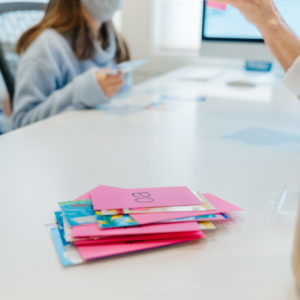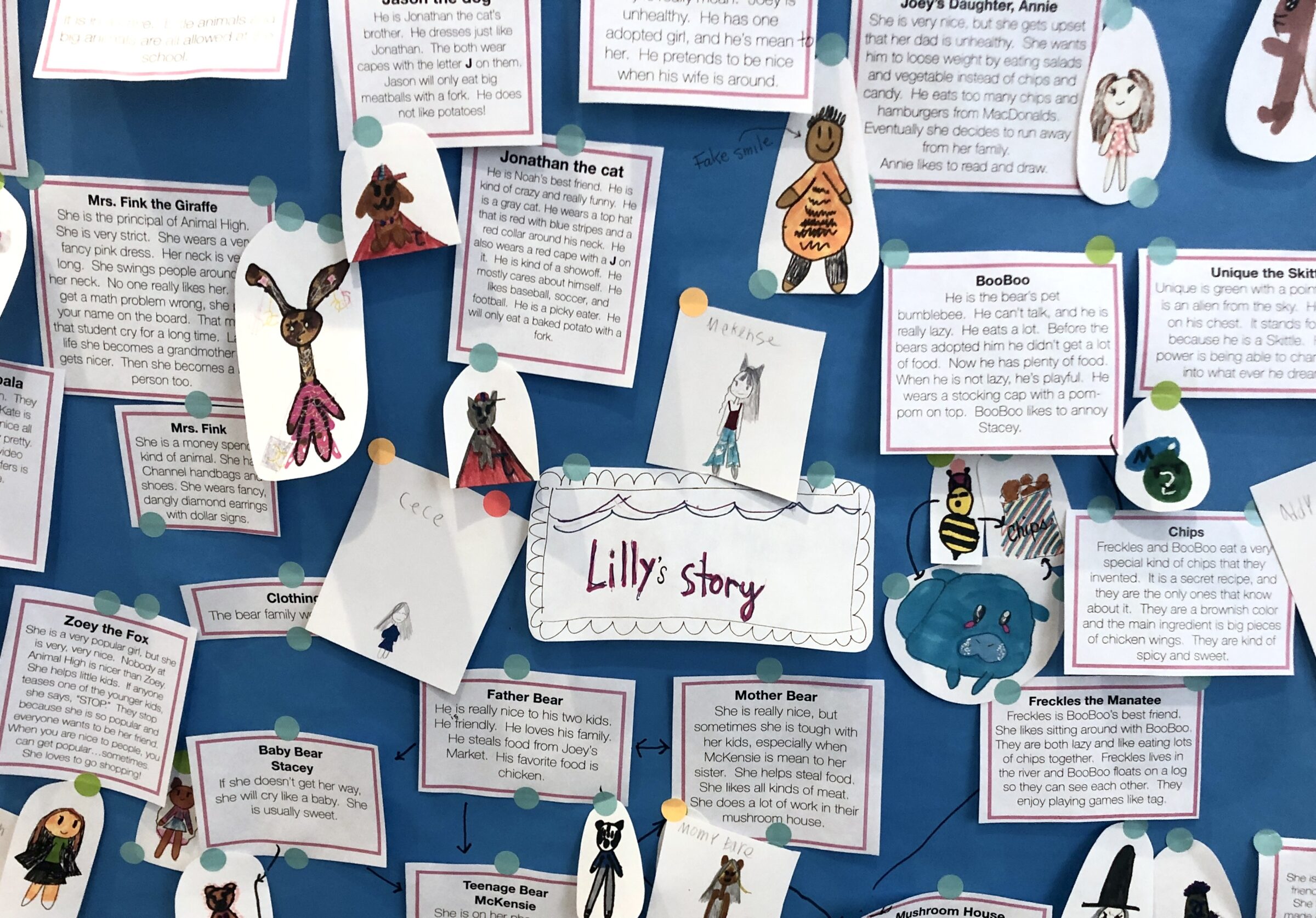
A Closer Look at the Literacy Support Program on the Lower Campus
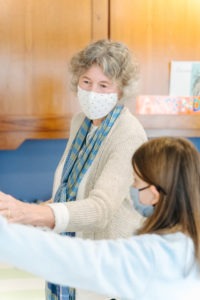
“I think of myself as a partner with a student, and we partner to figure out: Who are you? What are your strengths? How do you learn best? What excites you? Discovering those answers is more important to me than focusing only on the skills they struggle with. Any learning difference is to be celebrated, not hidden.”
When you enter Sandra Charlap’s office, there are brightly colored magnets, vibrant illustrations, a display of student writing, conjunctions printed on cards in the shape of glue bottles, a row of elegant tea tins (“they are the perfect size for index cards”), eye-catching word games, and a laminated quote by Proust: “The real voyage of discovery consists not in seeking new landscapes but in having new eyes.”
This delightful, creative space is the hub of the Ascend program on the Lower Campus, where young students who have been diagnosed with language-based learning differences, such as dyslexia, dysgraphia, or expressive language issues, come to learn how to turn their differences into super-powers.
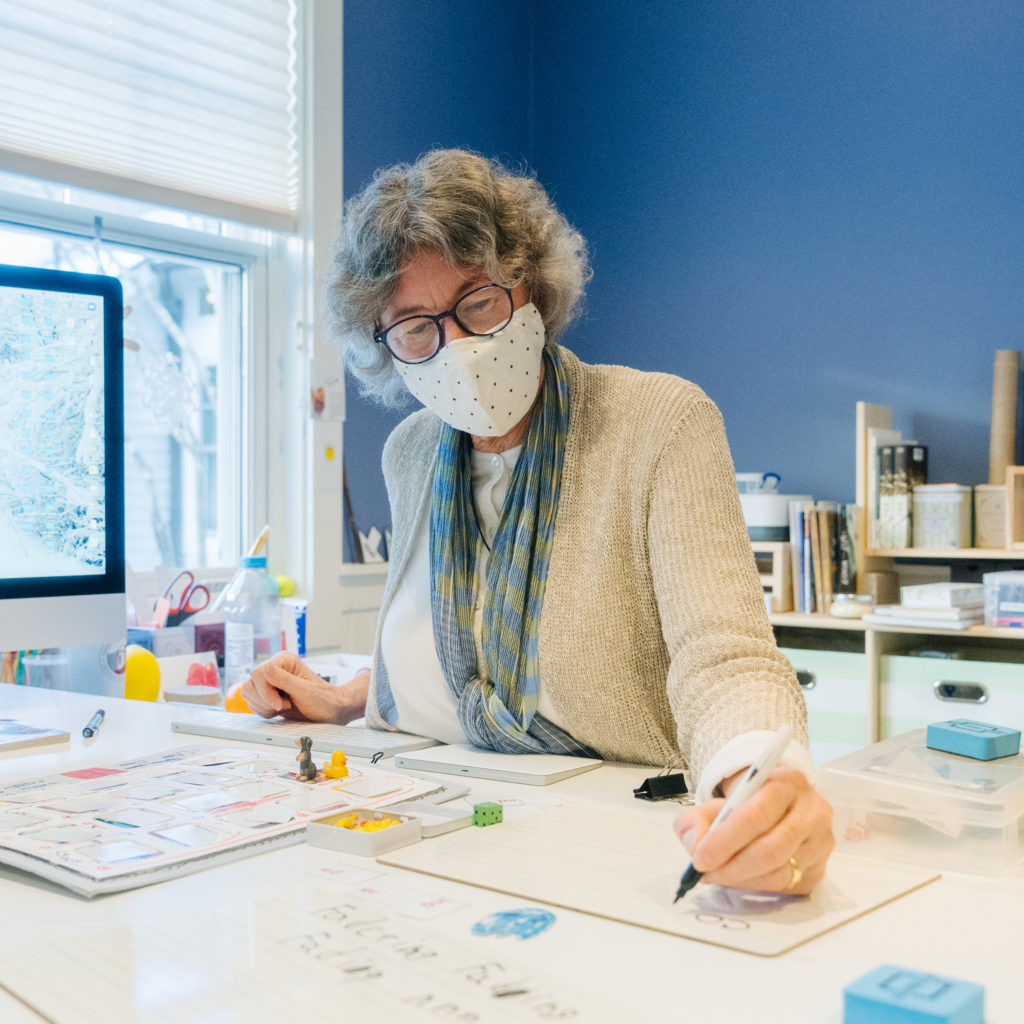
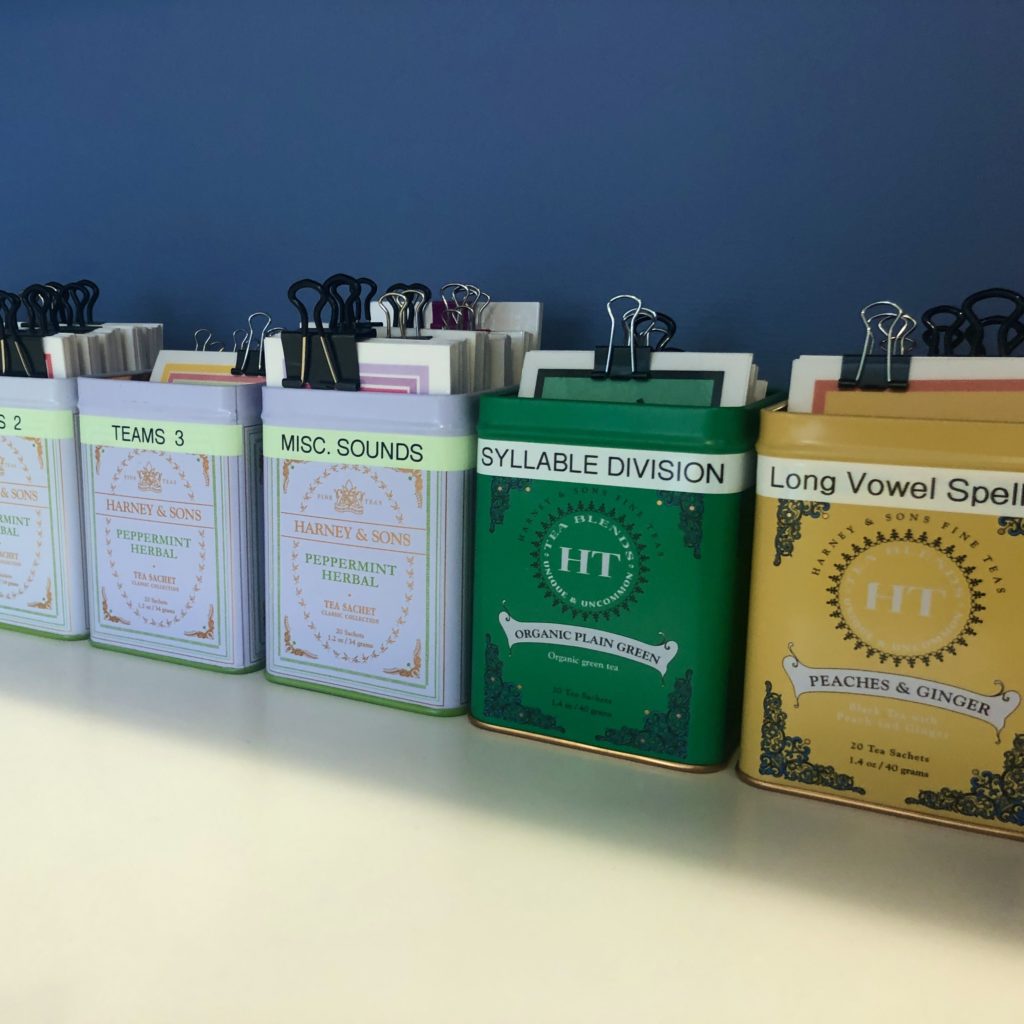
The Ascend program began in 2019 when Ms. Charlap came to IMS and was given the freedom to design the program based on her decades of experience. For starters: the workspace and how children experience it. “Their tutoring room should be an aesthetically rich environment that inspires them the moment they enter,” she says. “Not dry where you come to drill through a pack of cards, spell them many times, and regurgitate rules. I mean, I would be bored if that’s all I offered, and I would definitely lose the interest of my students!”
She should know. Her daughter was diagnosed with dyslexia and went to Kildonan School (a school for students with dyslexia, which has since closed). “I was noticing the work my daughter was doing, and it seemed very rote without any emphasis on creativity. I sensed it could be much more exciting — it was missing a true visual component. I started paying more attention to what was going on in her tutorials then shared my thoughts with the head of the elementary program. I ended up being hired. And then when Kildonan closed…that’s when I found my way to IMS.”
On the Lower Campus at IMS, every student in Ascend receives one-to-one tutoring for 45 minutes, 5 days a week. With a robust literacy program weaved through all of the grades, a child who may display early struggles in letter/sound correspondence or reading can be properly diagnosed and worked with individually from a young age. On the Upper Campus (grades 5-9), the program is less remedial and more support-based, with instructional groups and classroom support under the skilled supervision of Ascend Director Tammy Decker and Program Teacher Frank Sorrentino.
“I’m going to build fundamental language skills, but never at the expense of supporting and nurturing strengths."
At the core of the Ascend program is the understanding that if you have a deficit in one area, it often means you have strength in another. That strength can be creativity, keen spatial awareness, or heightened analytical thinking and resourcefulness. “Even though a student might struggle with spelling, that same student can still be a great writer because they have a creative imagination for telling stories,” Ms. Charlap explains. “I’m going to build fundamental language skills, but never at the expense of supporting and nurturing strengths. That’s the biggest key to this whole endeavor, remediating a weakness through the emphasis of a child’s strengths.”
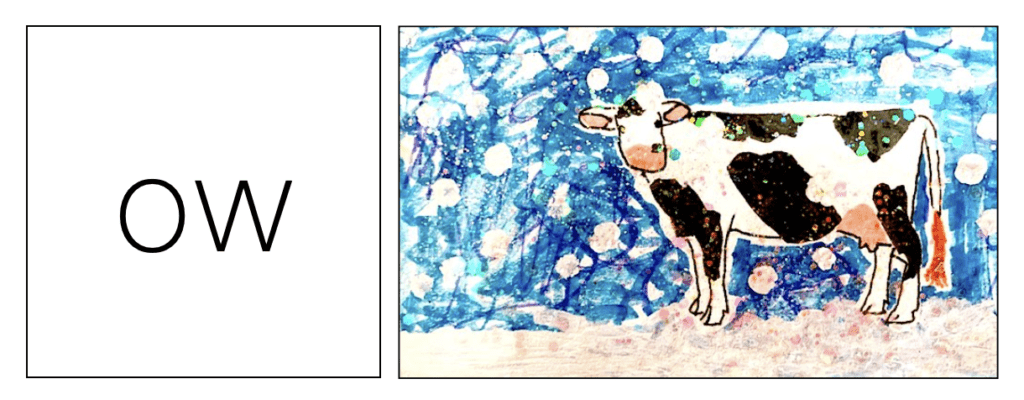
Ms. Charlap is a huge fan of technology. When she first started as a literacy specialist, visual props were always an important component of her lessons and, today, computers add a new layer of possibilities. No matter their age, students are encouraged to get comfortable using a computer, learning proper keyboarding and dictation skills and beginning to navigate the internet to find content and images they can use to support their learning. “For example,” Ms. Charlap explains, “I have a student working on the two sounds of ‘ow.’ To help her commit those sounds to long term memory, she created a picture card of a cow in snow. Instead of having to draw it all on her own, she found an image of a cow from the internet, printed it, and added personal touches to make it her own. The visual cue is going to help her master the sounds, and the process of making the card calls upon her creative talents. Another student of ours is using the computer to do research and then make a visual Keynote presentation that illustrates the concept of Brownian motion.” Fluency on computers was especially helpful during the pandemic when classes were remote. Ms. Charlap adds, “It was an interesting challenge to come up with new interactive computer activities for our Zoom meetings. But I didn’t feel like we skipped a beat. We just kept on working productively through the entire lockdown.”
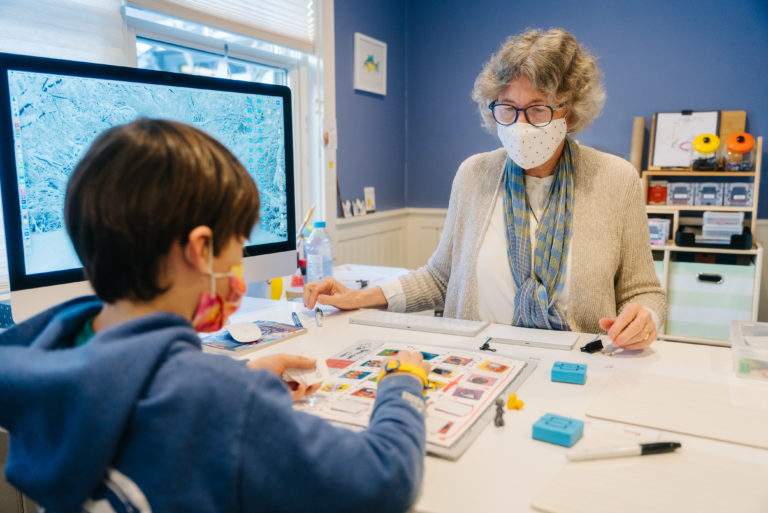
When Ascend first began, Ms. Charlap says she wasn’t worried about the program’s efficacy, especially with the talent of her colleagues: Ms. Erika Hollander on the Lower campus, and Ms. Decker and Mr. Sorrentino on the Upper Campus. But she was mindful about how children would feel about being pulled from the classroom each day. She wanted to dispel any kind of stigma that could potentially be placed on Ascend students by their classmates. So, she made sure the Ascend room was an interesting and exciting place to be so that the students would look forward to their sessions. And, as the year progressed, she put a display in the hallway of the work her students were doing. “They were typing, using computers in exciting ways, drawing, building vocabulary, and writing structured essays. The other students started noticing the work, and wouldn’t you know, any fear or idea that you went to Ascend because there was something wrong went away – it was actually more like you’re lucky you get to be in Ascend.”
People’s heads would spin if they could see all the amazing things our students are doing.”
When it’s time for the students to graduate from the daily Ascend sessions and move to the Upper Campus, there is often a mix of emotions: excitement and pride, certainly, but also some trepidation and sadness. Ms. Charlap feels a little differently. “They may be nervous, but I’m not. My students leave, as they should, with confidence to move on, and continue their upward ascension through the grades. Of course, I miss them and will always have fond memories of our time together, but I like to send them away. It is an important next step for them in their academic evolution.”
This year, a student who just transitioned to the Upper Campus came up with a brilliant way to hold onto that connection with the Lower Campus, by proposing a new program called Ascend Bridge. The idea is that students from both campuses meet on a regular basis to celebrate their learning differences and to talk about the transition from Lower Campus to Upper Campus. This “bridge” is a way for the older students to stay connected and be mentors, and for the younger students to ease some of the fear of the unknown.
“I really think that Indian Mountain School has hit upon the perfect model for students with language based learning differences,” Ms. Charlap says. “We don’t separate students from their peers for having a learning difference. We give them the appropriate remediation and support to stay in the mix so they can share their talents with everyone. And, you know, a lot of these kids are rising to the top. People’s heads would spin if they could see all the amazing things our students are doing.”
